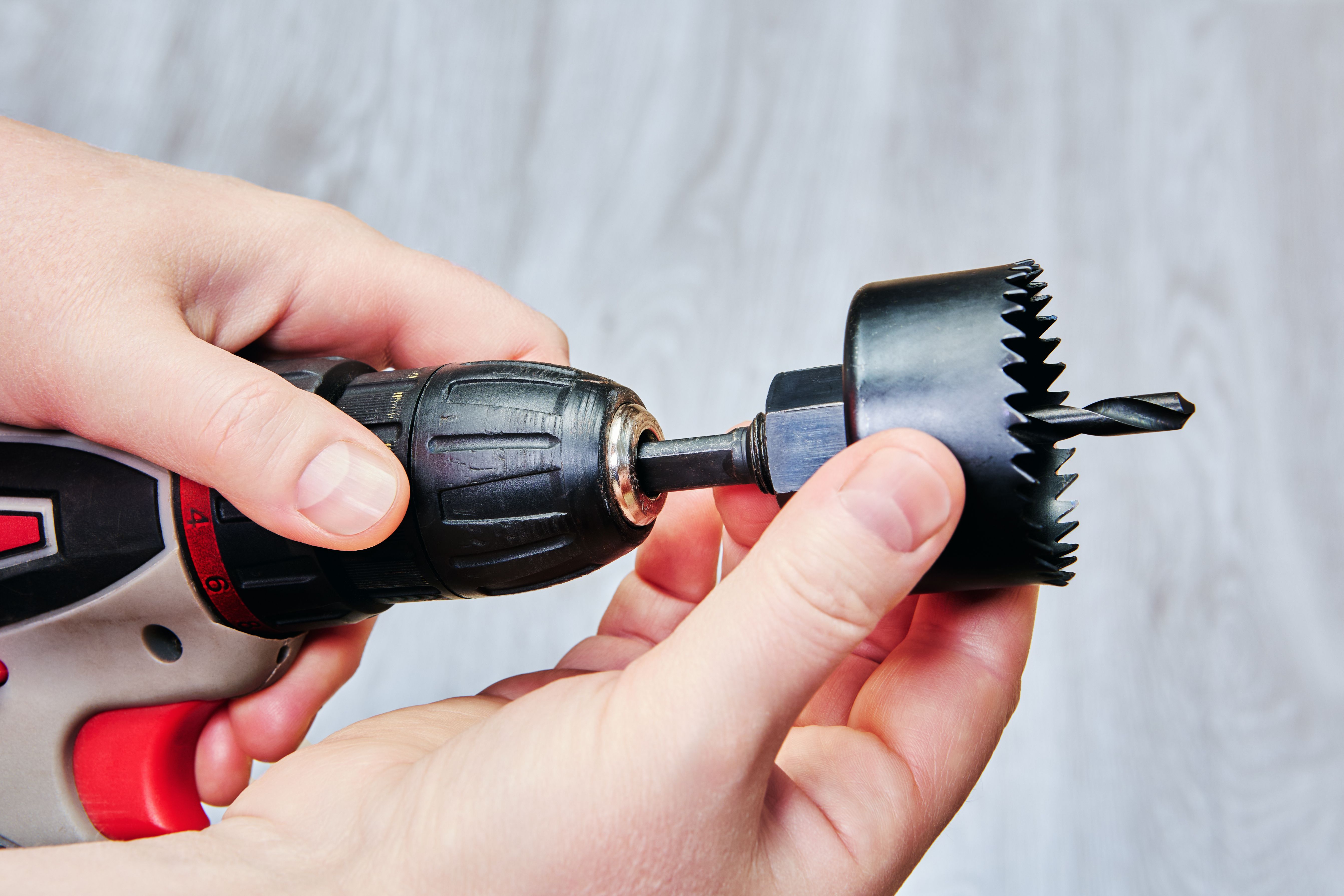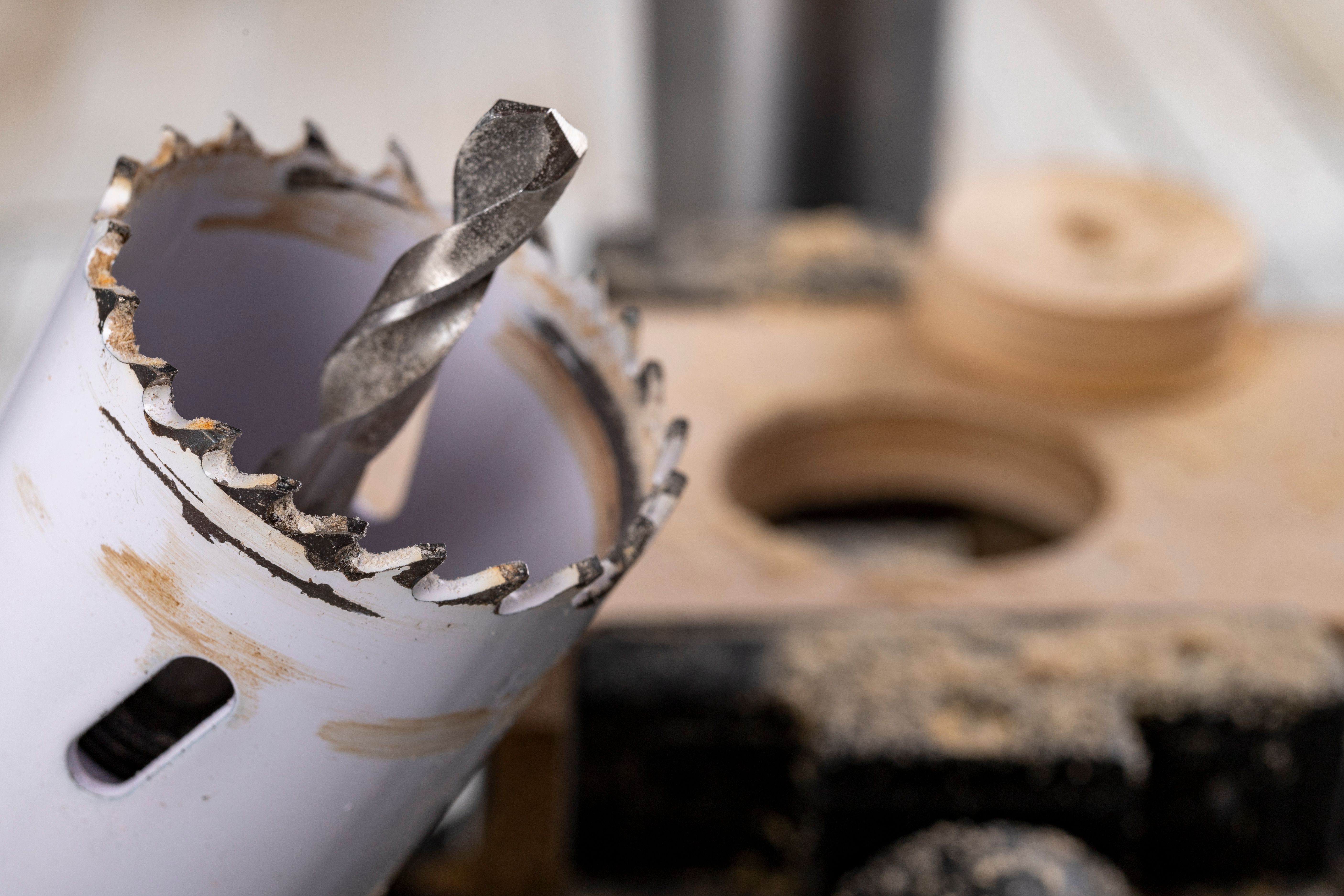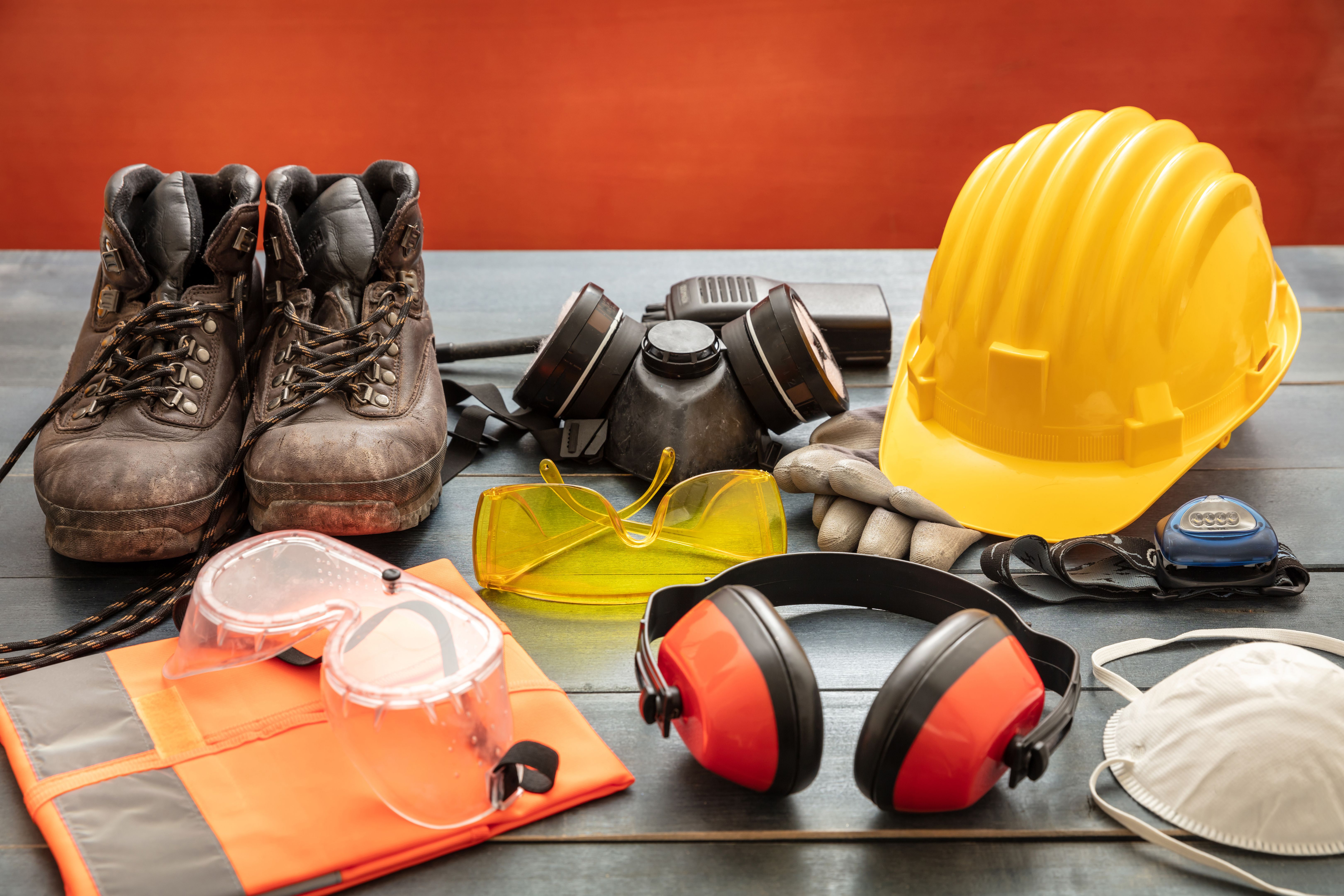Understanding the Uses of Hole Saw
RR
What is a Hole Saw?
A hole saw is a versatile tool used to cut perfectly round holes in a variety of materials. It consists of a metal cylinder with saw teeth on the edge and is used in conjunction with a drill. This tool is popular in construction, carpentry, and DIY projects due to its efficiency and precision.
The hole saw is a preferred choice for many because it can cut large holes without the need for a large drill bit. This makes it particularly useful when working with materials like wood, plastic, metal, and even ceramic.

Types of Hole Saws
Bi-Metal Hole Saws
Bi-metal hole saws are made from two types of metals, usually high-speed steel and a flexible steel alloy. This combination provides durability and flexibility, making them ideal for cutting through wood and metal. They are a popular choice for professionals and DIY enthusiasts alike.
Carbide-Tipped Hole Saws
Carbide-tipped hole saws are designed for cutting through tougher materials such as ceramic tiles, stone, and fiberglass. The carbide tips are extremely hard, providing a longer lifespan and the ability to maintain sharpness over time.

Common Uses of Hole Saws
Hole saws are commonly used in electrical work to create openings for wiring and outlets. They are also essential in plumbing projects for cutting holes in sinks and countertops to accommodate pipes and faucets.
Woodworkers and carpenters use hole saws to create precise holes for door hardware, such as doorknobs and locks. This tool allows for clean cuts that fit perfectly, ensuring a professional finish.

How to Use a Hole Saw
- Choose the appropriate size and type of hole saw for your project.
- Attach the hole saw to the drill and ensure it's secure.
- Mark the center of the hole on the material you are cutting.
- Begin drilling at a slow speed to establish the groove.
- Increase the speed gradually as the hole saw cuts through the material.
- Once the cut is complete, remove the hole saw and clean the area.
Safety Tips
When using a hole saw, it's important to prioritize safety. Always wear safety goggles to protect your eyes from debris. Ensure that the material you're working on is securely clamped to prevent movement during cutting.
It's also crucial to select the right hole saw for the material you're cutting, as using the wrong type can lead to damage or injury. Regularly check the tool for wear and tear, and replace it as needed.

Conclusion
Understanding the uses and types of hole saws can greatly enhance your ability to complete projects efficiently and effectively. Whether you're a professional or a hobbyist, mastering this tool will expand your capabilities and improve the quality of your work.
By choosing the right hole saw and following proper safety precautions, you can achieve precise and clean cuts, making your projects stand out with professional quality.